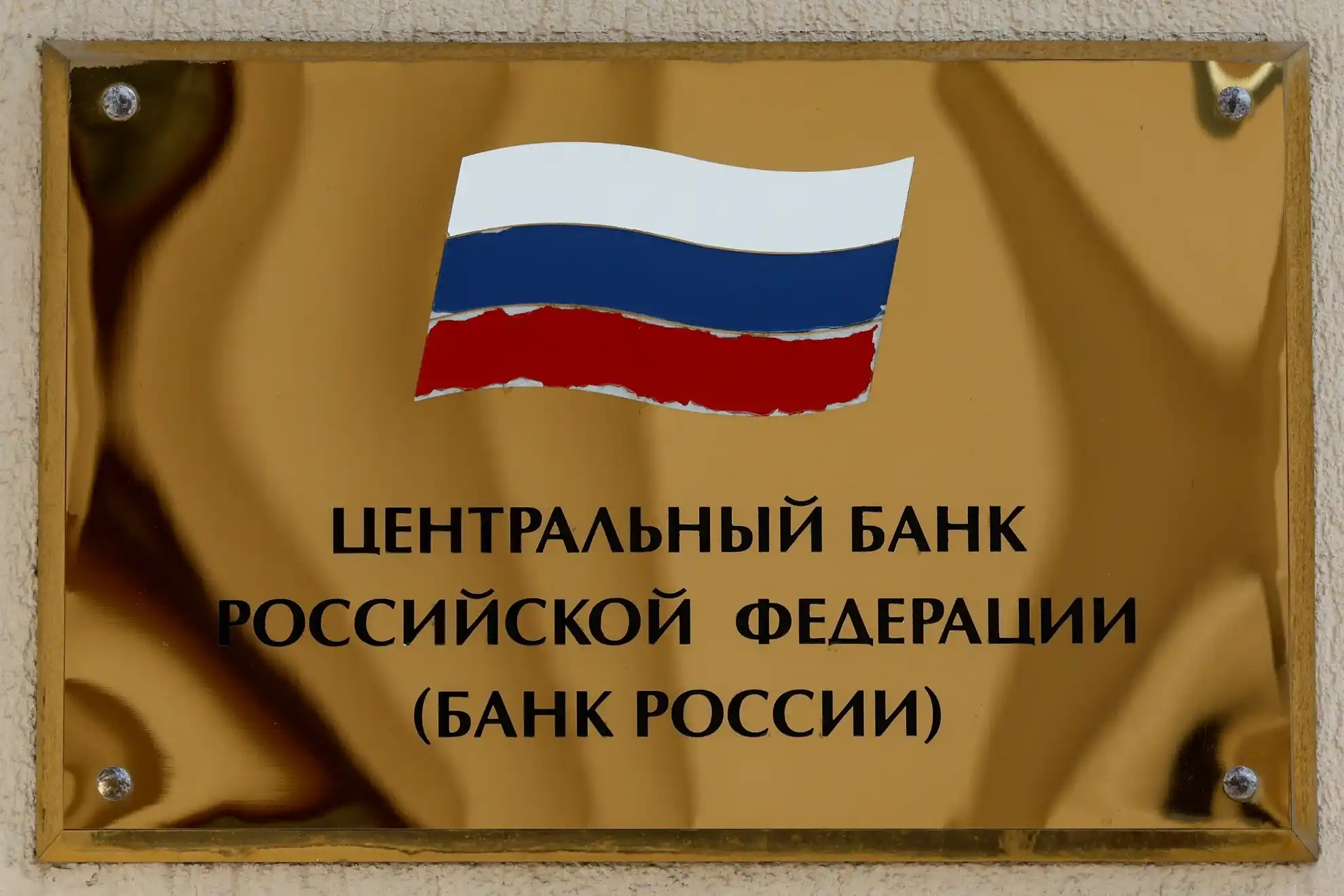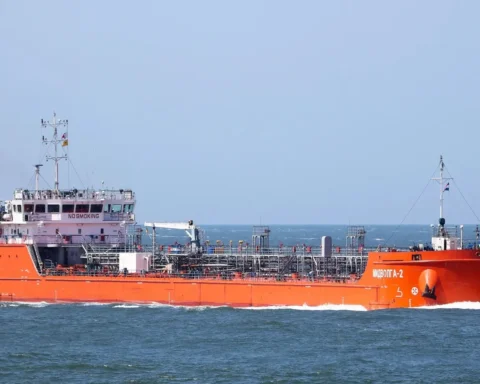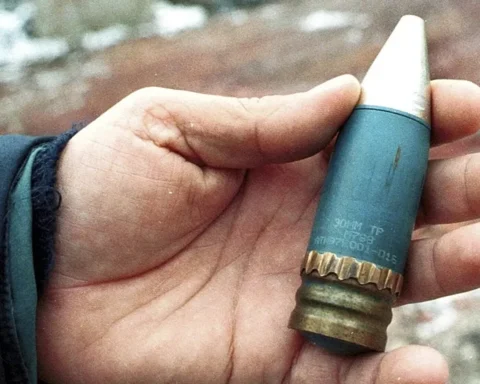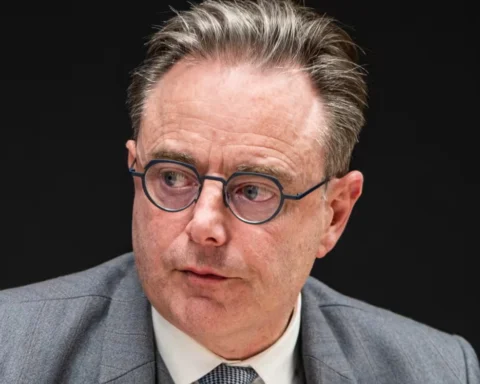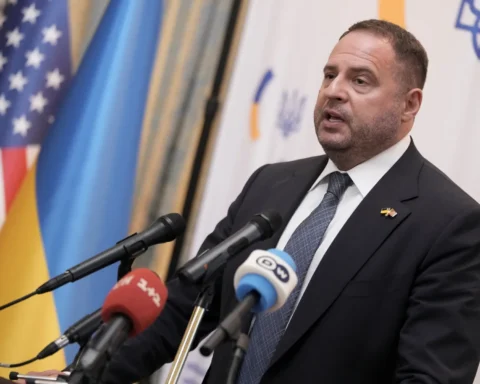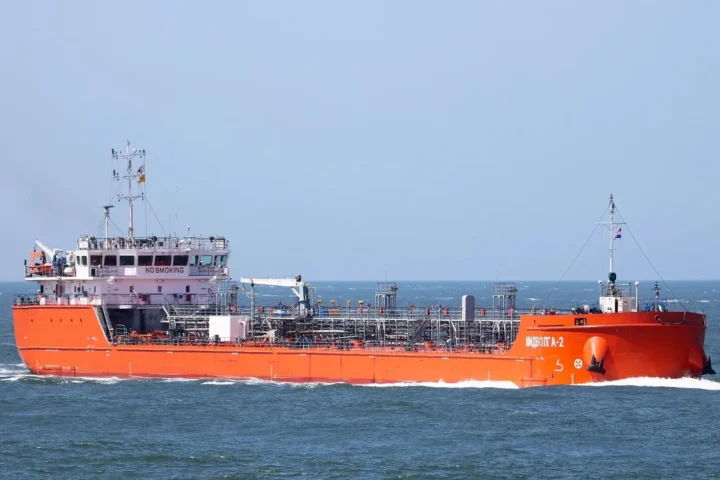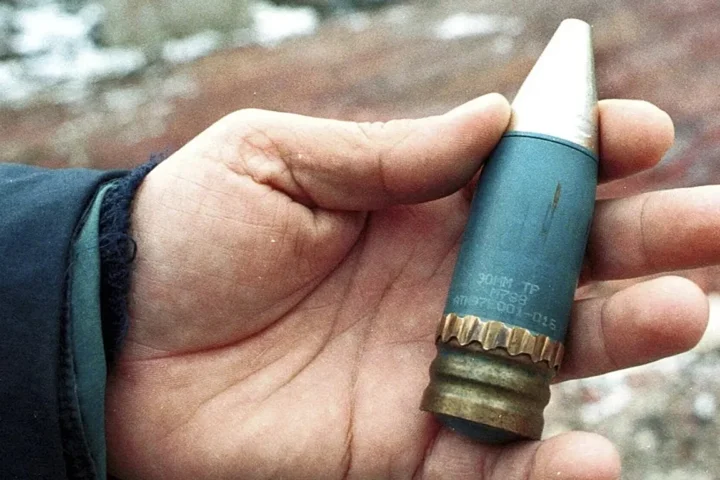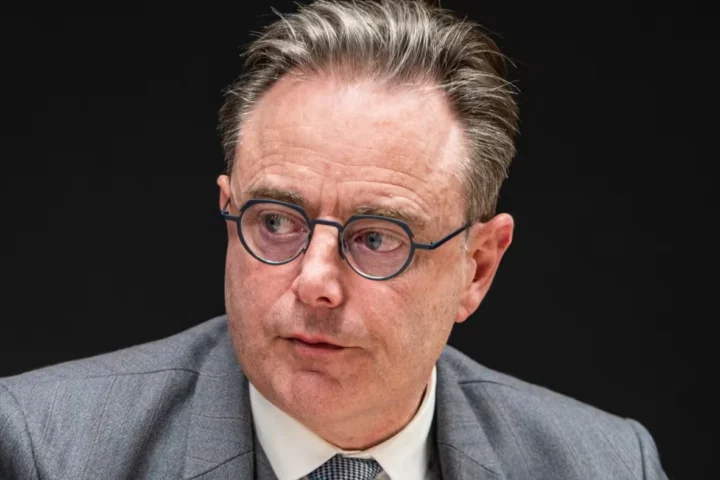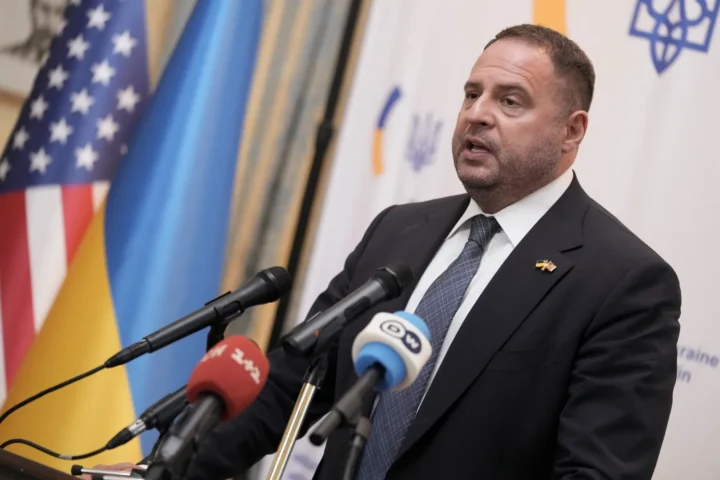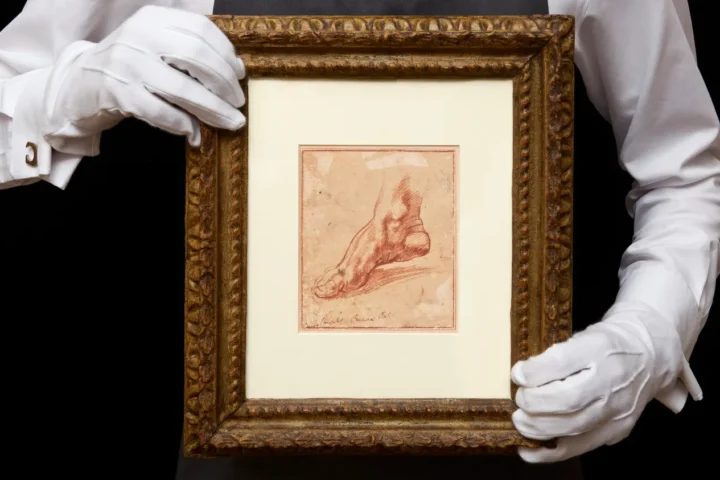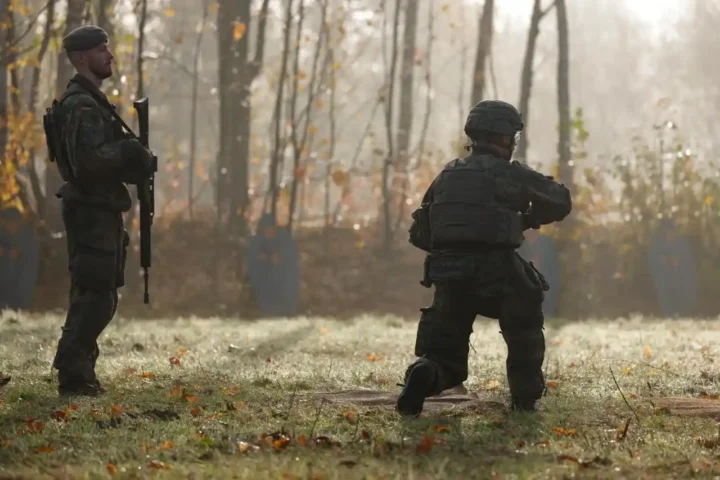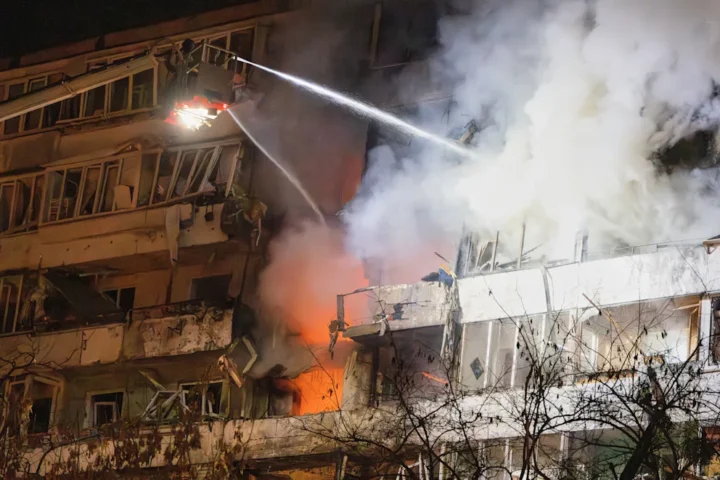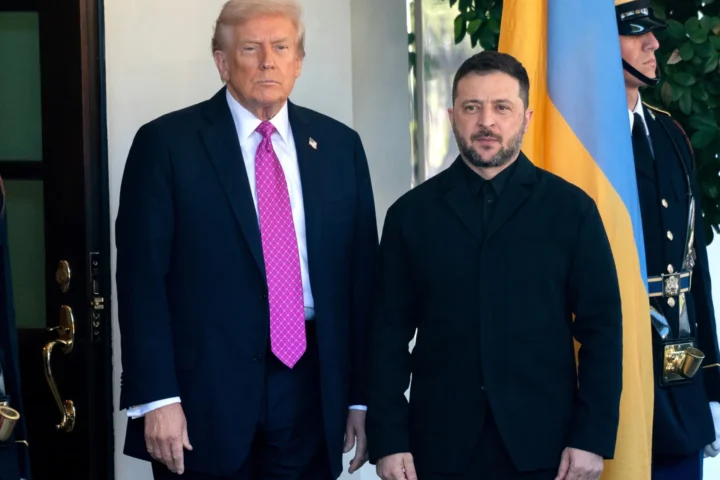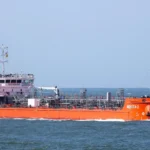According to The Wall Street Journal, the Bank of Russia in late April kept its key interest rate unchanged at 21% for the fourth consecutive meeting. This remains the highest level since the beginning of the war in Ukraine in 2022. Amid rising inflation and mounting pressure on the ruble, the Russian regulator signals that its policy of expensive borrowing will persist for an extended period.
Why Is the Interest Rate So High?
As highlighted by The Wall Street Journal, the central bank stated that it sees the need to maintain a tight monetary policy for a prolonged time. The goal is to bring inflation back to the target of 4%, though in March the actual annual inflation rate reached 10.3%, more than double the official benchmark.
“It will be necessary to maintain high interest rates for a prolonged period in order to return inflation to target,” the Bank of Russia emphasized in its statement.
Russia’s economic situation continues to deteriorate: while many Western countries are seeing falling inflation and lower interest rates, Russia is experiencing the opposite trend. According to The Wall Street Journal, the reason lies in the government’s large-scale reallocation of both material and human resources to continue its military operations in Ukraine. This exerts strong upward pressure on domestic prices.
A New Risk: U.S. Trade Policy
Against the backdrop of persistent inflation, the Bank of Russia also pointed to external risks. In particular, the regulator noted the recent announcement of U.S. tariff increases on imports from several countries. The central bank stated that such measures could impact demand for Russian oil and weaken the ruble.
“A further slowdown in global economic growth and oil prices in the event of escalating trade tensions may have pro-inflationary effects through ruble exchange rate dynamics,” the Bank of Russia noted.
In practice, this means that even if the domestic situation stabilizes, external economic pressures could re-ignite inflation—this time through ruble depreciation and rising costs of imported goods.
The Economy Slows Down—But Remains Overheated
Although the central bank reports a slowdown in economic growth in the first quarter of 2025, its official commentary still conveys cautious optimism. The Bank of Russia indicates that the economy is showing an “upward deviation from a balanced growth trajectory,” while household inflation expectations remain elevated.
This implies that economic activity is still strong enough to support continued price increases—especially under conditions of wartime mobilization of industry. As The Wall Street Journal notes, defense-related sectors remain on the rise, which in turn sustains overall economic momentum despite other constraints.
Interest Rate Outlook: Tight Policy Until 2026
The Bank of Russia also presented an updated forecast for its key interest rate. It expects the average rate in 2025 to be between 19.5% and 21.5%, meaning any reduction will likely be marginal. In 2026, the rate could fall to 13.0–14.0%, but only if inflationary pressures ease.
Despite the tense geopolitical environment, Russia’s economy posted an impressive 3.8% GDP growth in 2024. However, according to the International Monetary Fund (IMF), growth is expected to slow sharply to 1.4% in 2025 and to 1.2% in 2026. Analysts note that one of the key factors behind this projected slowdown is the high interest rate, which makes borrowing too costly for businesses and consumers alike.
This article was prepared based on materials published by The Wall Street Journal. The author does not claim authorship of the original text but presents their interpretation of the content for informational purposes.
The original article can be found at the following link: The Wall Street Journal.
All rights to the original text belong to The Wall Street Journal.


